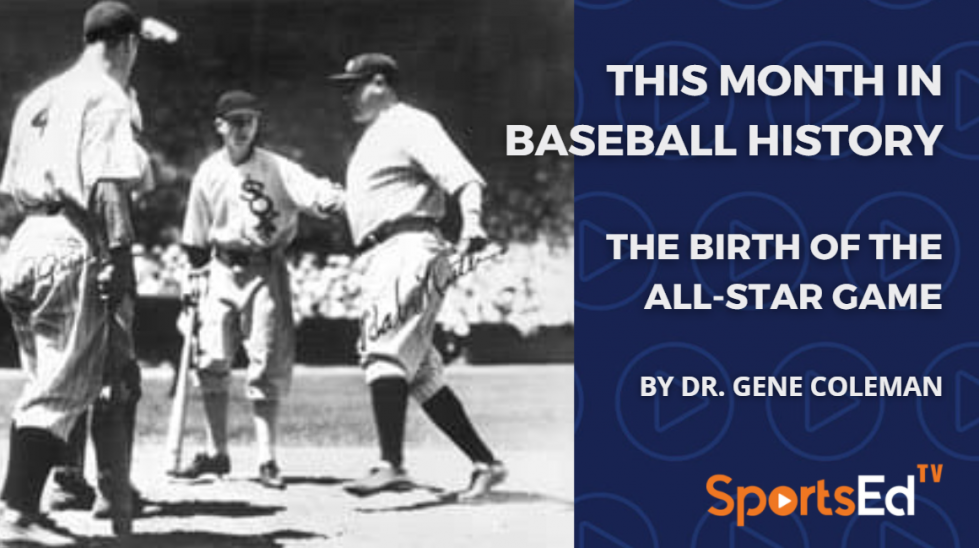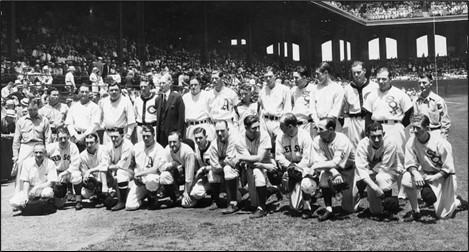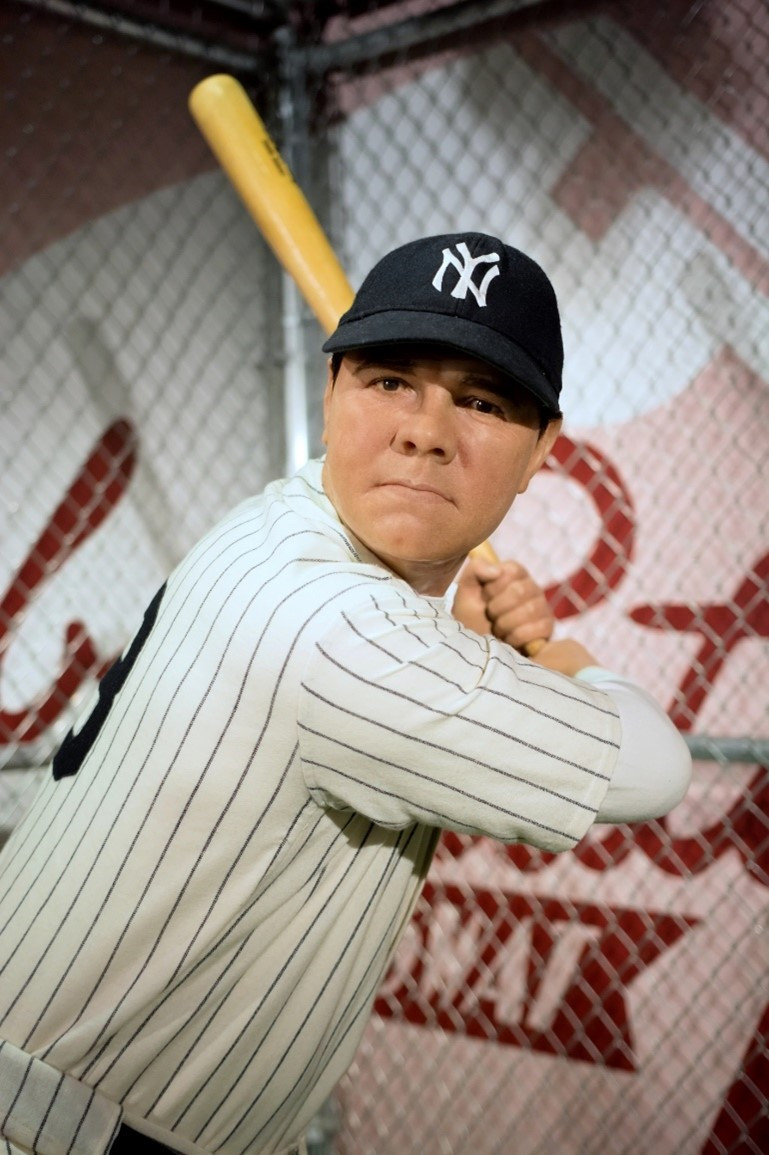Baseball
Welcome and thanks for visiting...

The Birth of the All-Star Game

The MLB All-Star Game, like opening day and the World Series, has become a fixture on the baseball calendar. Every year, the best players from the American and National League come together for a week of events culminating in the game itself. Given how big the All-Star Game has become, fans may be surprised to learn of its humble beginning.
The first All-Star Game was played on July 6, 1933 in Comiskey Park. It was the brainchild of Arch Ward, a sports editor at the Chicago Tribune, designed to bolster the sport of baseball and improve its reputation during the darkest years of the Great Depression. Chicago was slated to host the 1933 World’s Fair and Ward thought it would be a good idea to showcase the best players from America’s national pastime. He originally planned for the event to be a one-time “Game of the Century”, but it grew into the annual “Midseason Classic.”
Because of the depression, attendance at MLB games, decreased by 40% and average player salary fell by 25%. Fans who could still afford tickets switched from expensive box seats to the bleachers, which cost 50 cents. Owners of baseball teams across the country economized by shrinking their rosters, firing coaches and slashing wages. Many teams also experimented with discounts and other innovations designed to woo back fans, including free admission for women, grocery giveaways and the first night games in baseball history.

The game was played before 47, 595 fans and took 2 hours and 5 minutes to complete. The proceeds ($45.000) were donated to a charity for disable and needy former MLB players.
Team rosters were selected by fans from ballots printed in 55 different newspapers from across the country. The fans selected the starting players, managers and the other 9 players for each team. There were only 18 players on each team and Babe Ruth was the top vote getter. The game featured 20 future Hall of Fame players including Babe Ruth, Lou Gehrig, Lefty Grove, Jimmy Foxx, Al Simmons and Joe Cronin were on the rosters for both teams. Both managers, John McGraw (NL) and Connie Mack (AL), 5 coaches and two umpires were eventually elected into the Hall of Fame.
The National League players wore specially made gray or visitor uniforms and caps with National League in blue letters across the chest, blue numbers on the back and blue NL on the caps. The American League players wore the home uniform of their respective teams. The home plate umpire at the start of the team was an American League umpire. He gave way to a National League umpire in the 5th inning.
The game was filled with some of the most memorable moments in MLB history. Babe Ruth hit the first home run in an All-Star game, a two-run shot in the bottom of the third. Future Hall of Famer, Frankie Frisch (STL) hit the second home run. The AL set the tone for what was to come winning the first game 4-2. The NL had a chance to tie the game in the 8th, but Ruth reached over the right field fence to rob a home run. While Lefty Gomez (Yankees) was the wining pitcher and Bill Hallahan (Cardinals) was the losing pitcher.

Carl Hubbell (Giants) stole the show by striking out five consecutive future Hall of Fame players with lifetime batting averages over .300, more than 13,400 hits and more than 2,200 home runs combined – Ruth, Gehrig, Foxx, Simmons and Cronin. Hubbell became the first MVP in NL history in 1933, won it again in 1936 and appeared in 9 All-Star Games during his 16-year MLB career. His career 253-154 won-loss record and 2.98 ERA earned him a place in the Hall of Fame in 1947.
The All-Star Game has been held annually every year since 1933 with the exception of 1945 when it was cancelled in compliance with wartime travel restrictions, and in 2020 due to government restrictions imposed during the COVID-19 pandemic. The 2021 game was the 91st All-Star Game, but if you do the math, it should be 89. Why the discrepancy? Between 1959 and 1962, MLB played two games per year. The reason? The revenue from playing the second games was intended to increase the amount of money going to the players' pension fund. After the 1962 season, MLB and the players agreed that the players would receive more money from the first All-Star Game, and that the second would be dropped.
Interestingly, the two annual All-Star Games were managed by identical coaching staffs, and played almost the same rosters. In 1959, they were played 27 days apart. In 1960, they were played two days apart. In 1961 and 1962, they were played 20 days apart. Each game was played in a different stadium and the 1961 ended in a 1-1 tie.




